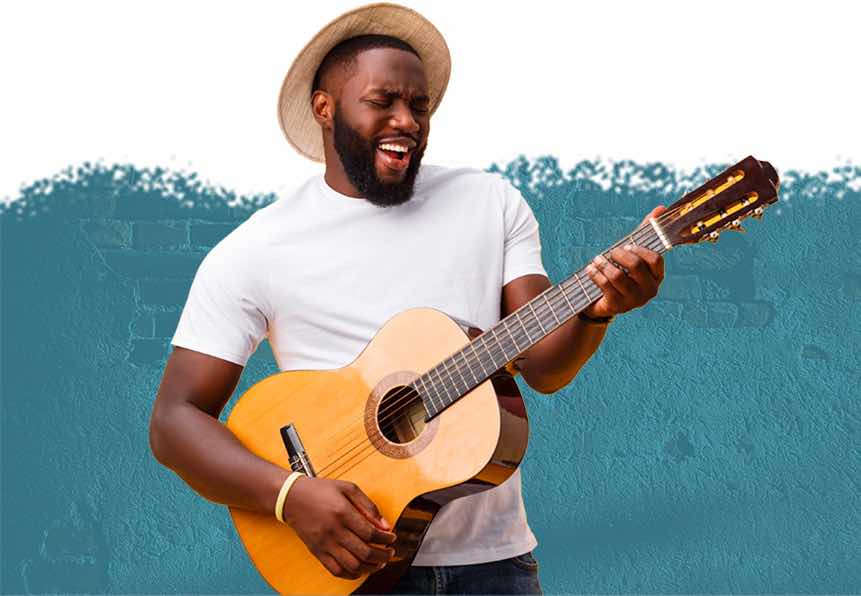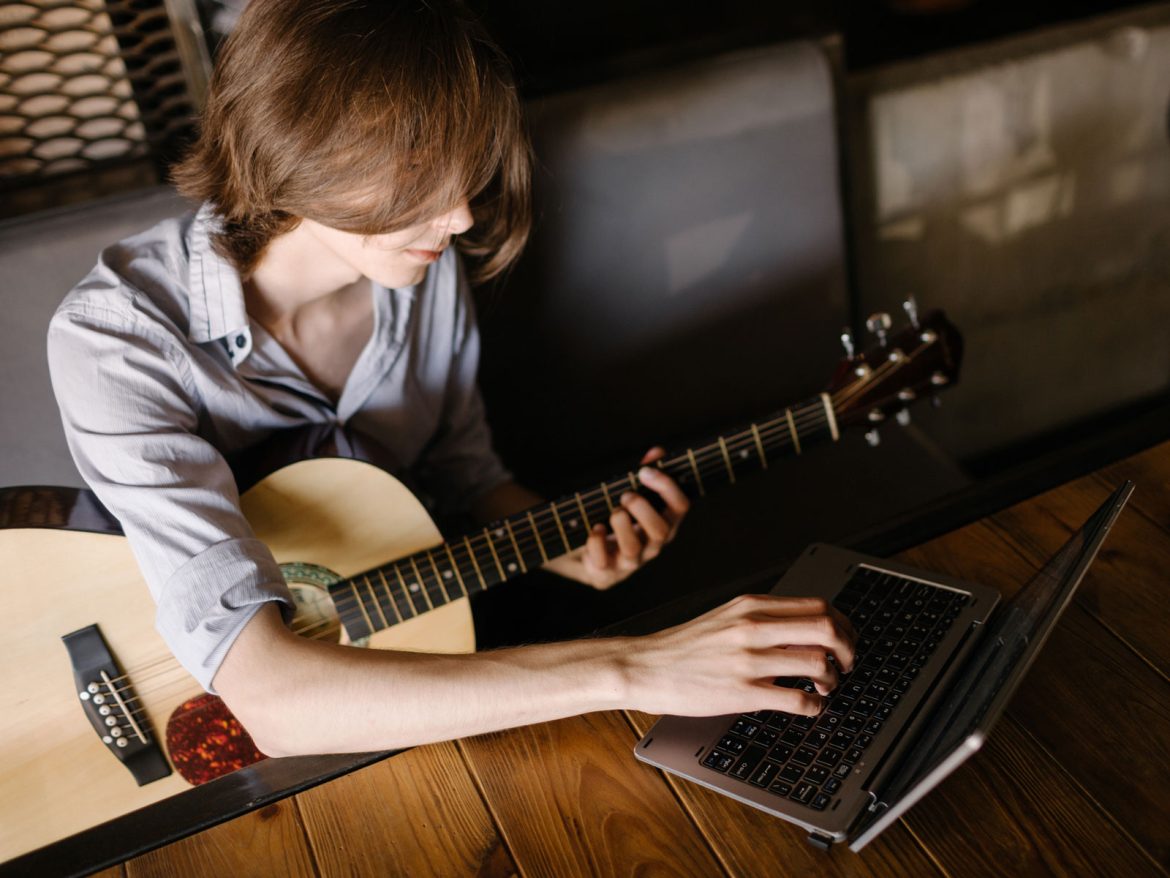For a preliminary player, there are many interesting yet complex issues in guitar playing that one might desire to find out more about. However, there are achievements every child should have before starting this journey, including proper positioning, correct intonation, and right-handedness. Studying special regards towards these basic chords, investment that is put into finger exercises and practicing and also in learning simple songs as well as specific melodies is the learning stages.
How to start your new journey as a budding guitarist
Learning increases when from the time of practicing on persons, good practices are deployed. And as such, it would, therefore, assist one to avoid additional pressure and possibly, pain, and any other related incidences due to their failure to place importance on proper body posture while playing the particular musical instrument. Now select your guitar and assume a position that will require your tickler to rest on your lap if you’re a right-handed individual, meaning your fretting hand needs to be positioned correctly.
It is also important to learn how to tune your instrument, whether you are a total amateur or not. An in-tuned guitar will sound sweeter when played, and one can easily pick the right chord or melody shape to play. You could use a dependable digital tuner or download a tuner on your smartphone and ensure you tune your guitars from time to time.

The chord is used in many compositions and it is much wiser and easier to start by choosing three or four chords and then attempting to play the remaining chords on the tiers, rather than just strumming randomly. A guitar beginner should begin with the first position with your fingers placed on frets number one 2 three and four on each of the strings that are used in sliding between those chord shapes and if it becomes a little raspy they do not stop as chord changes are easier at this stage with practice.
Guitar playing demands more from fingers or rather fingertips and the second finger in your fretting hand. Practice exercises and drills to enhance the finger’s strength and flexibility to delay the onset of stress-related injuries. Although these might be as simple as playing scales, using whole steps and half steps, or merely doing finger stretches, the benefits gained can be quite remarkable.
Those new to playing guitar should normally stick to songs that they can comfortably perform while applying the chords learned and the techniques in the song. Improper practice can be done with the help of replaying the strains or using the guitar turntable known as tabs. At the later level, learn chords and chord progressions that are used in particular scale or key, such as, styles of playing such as strumming, finger pickings, and other styles of playing that are used in the islands and so on.
Summary
Remember that each great guitarist started playing the guitar when he was a beginner. Engage yourself in this process, appreciate the changes that happen to you and, most importantly, enjoy becoming a musician.



